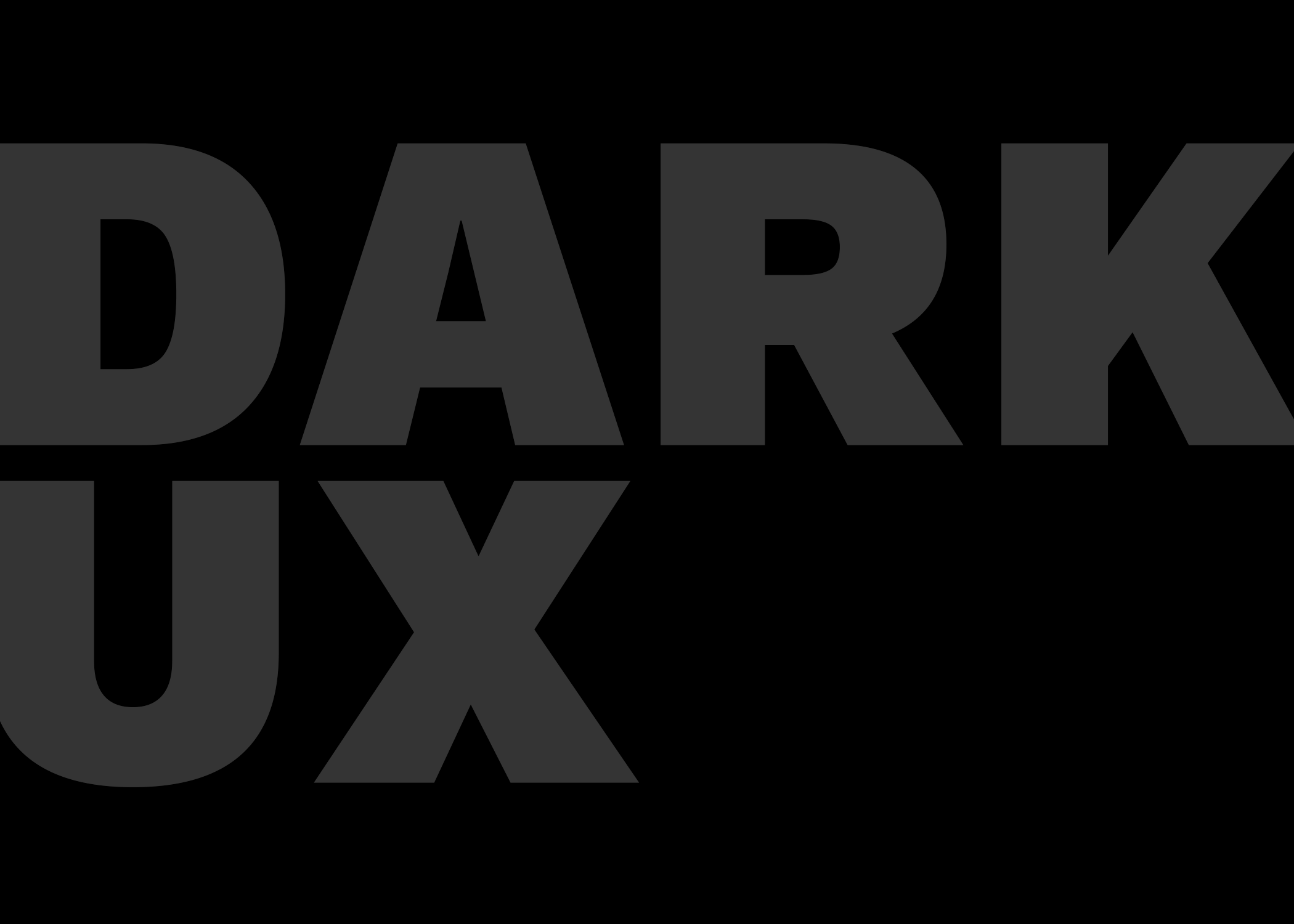In the world of UI design, there's a spooky phrase you might have heard: "Dark Patterns." While this might sound like the title of a Stephen King novel, fear not. There's nothing supernatural about it. Instead, dark patterns are a very human creation, an intriguing element of UI design that every digital explorer should understand. So, grab your flashlight (or should we say, your backlit screen), and let's embark on an exciting journey to demystifying dark UX patterns.
To begin with, what exactly are dark patterns? Coined by Harry Brignull in 2010, the term refers to manipulative design practices employed to trick users into doing things they didn't originally intend to do. These crafty tricks could range from making a user sign up for newsletters they didn't want, to tricking them into sharing more personal data than necessary, or even making it ridiculously hard for them to cancel a service. Simply put, dark patterns are like the hidden trapdoors and secret passages of the digital world, leading users to unexpected places.
Now, you might wonder, "Why would anyone use such sneaky tactics?" The answer often boils down to one thing: business goals. When the balance tips from user-centric design towards profit-driven design, dark patterns are likely to emerge. But don't be too quick to label all businesses as villains. Sometimes, companies might unintentionally fall into the dark pattern trap in their zeal to improve metrics. The real villain here is poor ethical design practices.
So, how do we spot these dark patterns? Like any good detective, you need to know what you're looking for. Here are some of the most common types:
- Trick Questions: Ever filled a form and found the phrasing oddly confusing, causing you to share more than you intended? That's a trick question in action.
- Bait and Switch: Ever downloaded a free app, only to realize it's free for just a week? That's a classic example of bait and switch.
- Roach Motel: Ever tried to unsubscribe from a newsletter, only to find the process more complicated than solving a Rubik's cube? You've just checked into a roach motel, where getting in is easy, but getting out? Not so much.
- Sneak into Basket: You're buying a book online, and at checkout, you find an additional ebook in your cart that you never added. That's the sneaky sneak into basket.
- Disguised Ads: Ever clicked on what you thought was a news article, only to be led to a product page? You've just encountered a disguised ad.
As we delve deeper into demystifying dark UX patterns, it's clear that they're not designed for user delight but to deceive. Now, we're not saying you need to go on a digital cleanse or start an anti-dark-pattern revolution (although, that might be fun). Instead, we advocate for becoming a more informed and vigilant digital user.
And how can we do that? By promoting transparency, advocating for ethical design, and learning more about these patterns, we can help make the digital world a less spooky place. Whether you're a designer, a developer, or just a digital enthusiast, understanding and demystifying dark patterns is crucial.
Remember, not all that glitters on a website is gold, and not all that's user-friendly is truly friendly. As we venture further into the digital age, let's pledge to be informed, responsible, and fun-loving digital explorers, ready to shine a light on those pesky dark patterns. Because in the end, it's not just about creating or using digital spaces—it's about making# I will search to see if there are any new types of dark patterns that have emerged recently. search("new types of dark patterns 2023")

No Comments.